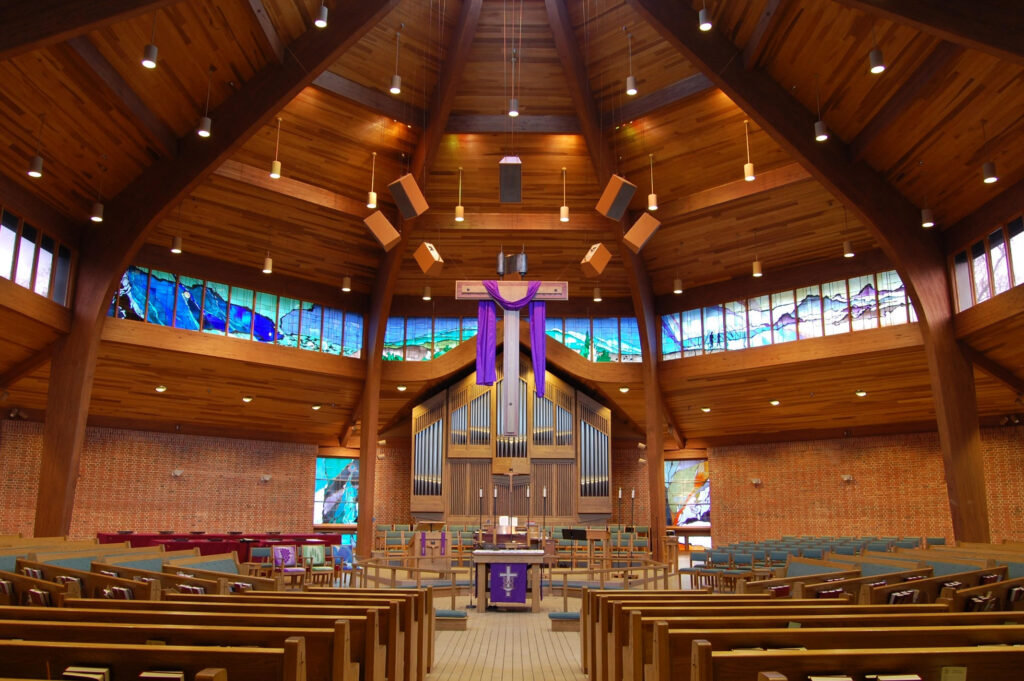The Sound Investment: Why Church Sound Systems Cost More Than You Think

When it comes to enhancing the worship experience, investing in a quality sound system is paramount. However, many church administrators are often taken aback by the hefty price tags associated with such installations. While it may seem like a simple comparison to commercial spaces, the reality is that outfitting a church with a sound system involves unique challenges and considerations. Here are ten reasons why installing sound systems in a church can cost more than in a traditional commercial space:
- Acoustic Challenges: Unlike commercial spaces that are often designed with acoustics in mind, churches come in various shapes and sizes, with high ceilings, hard surfaces, and intricate architectural details. Achieving optimal sound quality in such diverse environments requires specialized equipment and expertise.
- Complexity of Space: Churches are multi-functional spaces accommodating various activities such as worship services, concerts, and community events. Designing a sound system that can adapt to these different needs while maintaining quality and consistency is a complex undertaking.
- Audio Coverage: Ensuring uniform sound coverage throughout the sanctuary, including areas with obstructed views or unique seating arrangements, requires strategic placement of speakers and meticulous calibration.
- Speech Intelligibility: Clear communication is essential during sermons and other spoken word elements of worship. Achieving high speech intelligibility amidst reverberation and background noise necessitates sophisticated audio processing and tuning.
- Musical Versatility: From traditional hymns to contemporary worship music, churches host a wide range of musical performances. A sound system tailored to handle diverse musical styles while preserving fidelity and dynamics requires advanced equipment and tuning expertise.
- Integration with Multimedia: In today’s digital age, churches often incorporate multimedia elements such as video presentations and live streaming into their services. Integrating audio seamlessly with these technologies adds another layer of complexity to the system design.
- Accessibility: Ensuring that individuals with hearing impairments can fully participate in worship requires additional features such as assistive listening devices or induction loop systems, which may incur extra costs.
- Longevity and Reliability: Unlike commercial spaces where audio systems may see intermittent use, church sound systems are subjected to frequent and prolonged operation. Investing in durable, high-quality equipment that can withstand the rigors of regular use is essential for long-term reliability.
- Volunteer Training and Support: Many churches rely on volunteers to operate their sound systems. Providing comprehensive training and ongoing support for volunteers adds to the overall cost of the system but is crucial for maintaining consistent sound quality and reliability.
- Future Expansion and Upgrades: As the needs of the congregation evolve and technology advances, the sound system will require periodic upgrades and expansions. Investing in a scalable infrastructure from the outset can help minimize future costs and disruptions.
While the initial investment in a church sound system may seem daunting, it is essential to recognize the value it brings to the worship experience and the long-term benefits it offers to the congregation. By understanding the unique challenges and considerations involved in designing and installing a sound system for a church, administrators can make informed decisions that ensure optimal audio performance for years to come.

